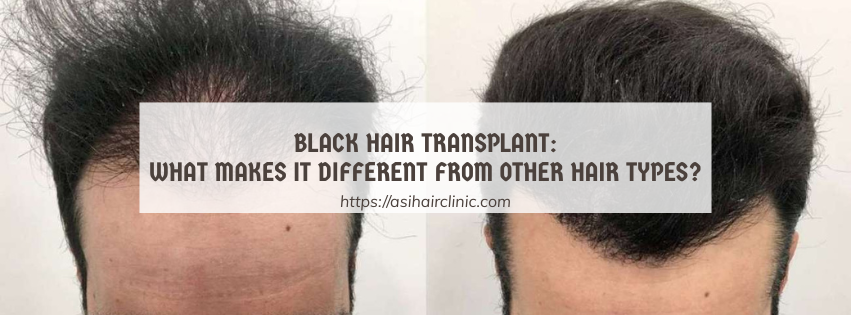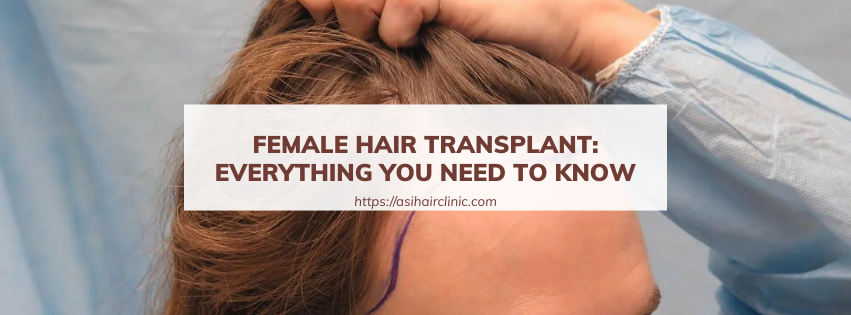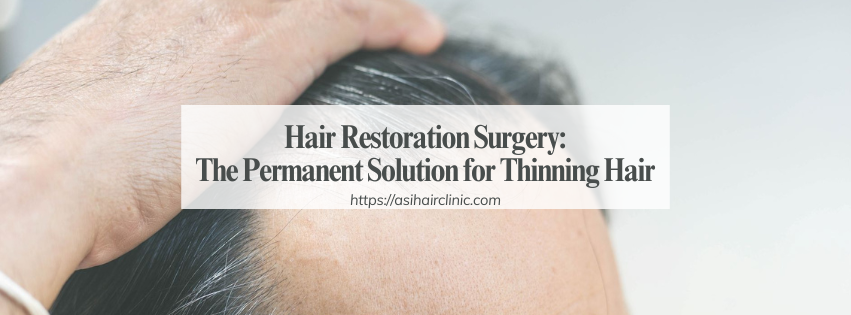Hair Transplant Cost: A Complete Guide to Pricing and Factors
When considering a hair transplant, one of the most pressing concerns for many people is the Hair Transplant Cost. The financial aspect can significantly influence decision-making, especially for those who are looking at various options available in the market. Understanding the costs involved and what factors contribute to them can empower patients to make informed choices that align with their needs and budget.
1. Introduction to Hair Transplant Costs
The journey towards achieving a fuller head of hair often begins with extensive research. Patients frequently find themselves inundated with information regarding the various procedures available, recovery times, and, of course, costs associated with each option.
It’s crucial to realize that the Hair Transplant Cost goes beyond just the price tag; it encapsulates a spectrum of services, potential outcomes, and individual circumstances. Ultimately, knowing what to expect financially can alleviate anxiety and help candidates plan better for their hair restoration journey.
1.1. Why Hair Transplant Cost Matters
Understanding the cost structure for hair transplants is vital for several reasons.
Firstly, it allows individuals to set realistic expectations regarding their financial investment. Hair restoration can be a life-changing procedure, but without proper budgeting, it could lead to misunderstandings or even unexpected debt.
Secondly, the cost often reflects the quality and expertise behind the procedure. Higher prices may correlate with a more experienced surgeon or advanced technology used, which can result in better outcomes.
Lastly, being aware of the cost can guide patients toward appropriate clinics and practitioners, ensuring they choose a facility that meets not only their aesthetic needs but also their financial limitations.
1.2. Who Needs to Consider the Cost?
While anyone contemplating a hair transplant should consider the cost, specific groups might find this consideration particularly pressing.
For example, individuals who have been experiencing significant hair loss may feel compelled to seek immediate solutions without fully understanding the financial implications.
Moreover, those on a limited budget will need to prioritize their choices carefully. Lastly, individuals seeking multiple sessions or additional cosmetic enhancements must evaluate how the cost accumulates over time.
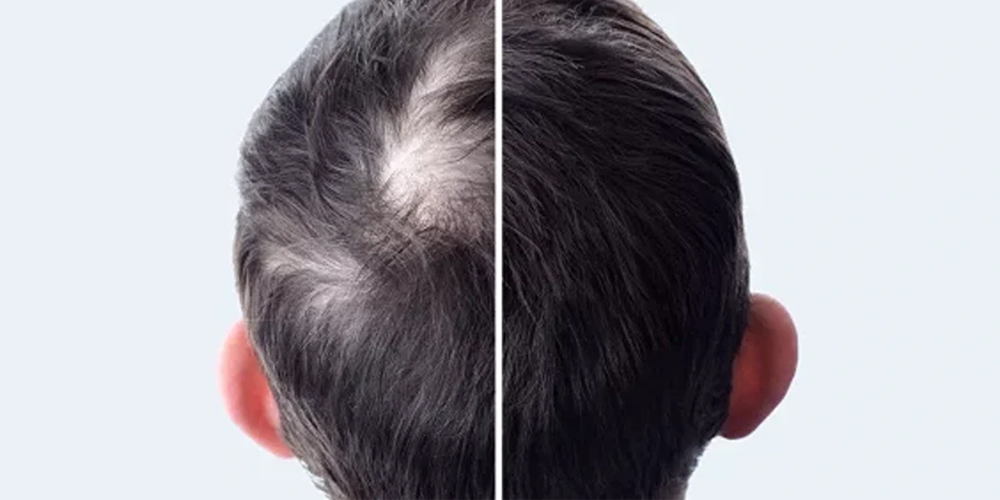
2. Factors Influencing Hair Transplant Cost
Numerous factors come into play when determining the Hair Transplant Cost, making each individual's situation unique. Understanding these influences can provide clarity and assist in planning.
2.1. The Type of Hair Transplant Procedure: FUE vs. FUT
The type of procedure performed holds substantial sway over the overall cost. Follicular Unit Extraction (FUE) and Follicular Unit Transplantation (FUT) are the two widely recognized techniques.
FUE involves extracting individual hair follicles directly from the scalp, allowing for minimal scarring and faster recovery. However, this technique is labor-intensive, and the meticulous nature of the procedure often leads to higher costs.
In contrast, FUT involves removing a strip of scalp tissue, which is then dissected into individual grafts. While typically less expensive, it may leave linear scars and requires more extended healing time.
2.2. Clinic Reputation and Expertise
A clinic's reputation significantly impacts the Hair Transplant Cost. Facilities known for excellence often charge more due to their track record and the level of skill their surgeons possess.
Choosing a reputable clinic can offer peace of mind, as patients are likely to receive high-quality care and ethical practices. However, this is where balance becomes essential; while a prestigious clinic may offer superior results, there are many competent facilities that provide satisfactory outcomes at more affordable rates.
2.3. The Number of Grafts Needed
Another critical factor influencing cost is the number of grafts required. Each individual has varying degrees of hair loss, and therefore the number of grafts needed can differ greatly.
Consultations with experts can aid in determining the extent of hair restoration necessary. Remember, the more grafts you require, the higher the cost. This underscores the importance of an accurate assessment during initial consultations.
2.4. Geographic Location of the Clinic
The location of the clinic can substantially affect the Hair Transplant Cost, as healthcare pricing varies across regions. Urban centers tend to have higher costs due to increased demand and operational expenses.
Patients may find better deals in rural areas or smaller towns, but they should thoroughly research to ensure the quality of care remains high. Traveling for a procedure can sometimes yield savings, but always weigh the benefits against travel costs and convenience.
2.5. Technology and Equipment Used
Modern advancements in technology have revolutionized hair transplant procedures, but they can also contribute to increased costs. Clinics utilizing state-of-the-art equipment, such as robotic-assisted systems, may charge premium prices due to the enhanced precision and efficiency these tools afford.
While investing in advanced technology can lead to better outcomes and quicker recovery times, it’s essential for patients to evaluate whether these benefits align with their personal goals and budget constraints.
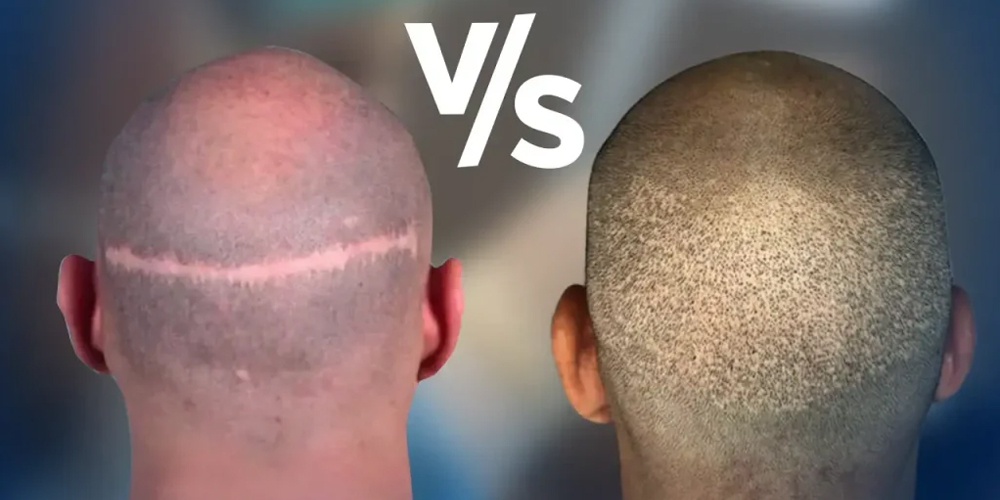
3. Comparing Techniques and Their Costs
As patients explore their options, it's vital to compare the costs of different hair transplant techniques. Each method comes with its own set of advantages and disadvantages, including financial implications.
3.1. The Cost of FUE (Follicular Unit Extraction)
FUE is generally regarded as one of the more modern techniques, offering a minimally invasive approach. Although often more expensive than FUT, many patients prefer FUE due to its reduced recovery time and absence of visible scarring.
Prices can vary wildly based on geographic location, surgeon experience, and the number of grafts required. When considering FUE, engaging in thorough discussion with potential clinics about what the quoted prices include is paramount for a transparent understanding.
3.2. The Cost of FUT (Follicular Unit Transplantation)
FUT has long been a staple in hair restoration, often coming with a lower cost compared to FUE. This technique can be suitable for patients requiring a larger number of grafts, as it tends to yield a more substantial harvest in a single session.
However, the potential for scarring and longer recovery periods can be deterrents for some individuals. Evaluating the trade-offs between upfront costs and overall satisfaction is an important aspect of this decision.
3.3. Why DHI (Direct Hair Implantation) Is More Expensive
DHI has emerged as a popular choice among those seeking advanced methods for hair restoration. The DHI technique involves directly implanting hair follicles into the scalp without the need for prior extraction.
This process necessitates specialized training and equipment, which contributes to its higher cost. Many individuals value DHI for its efficiency and natural-looking results, making it a worthwhile investment for certain patients, particularly if they are willing to pay a premium for cutting-edge techniques.
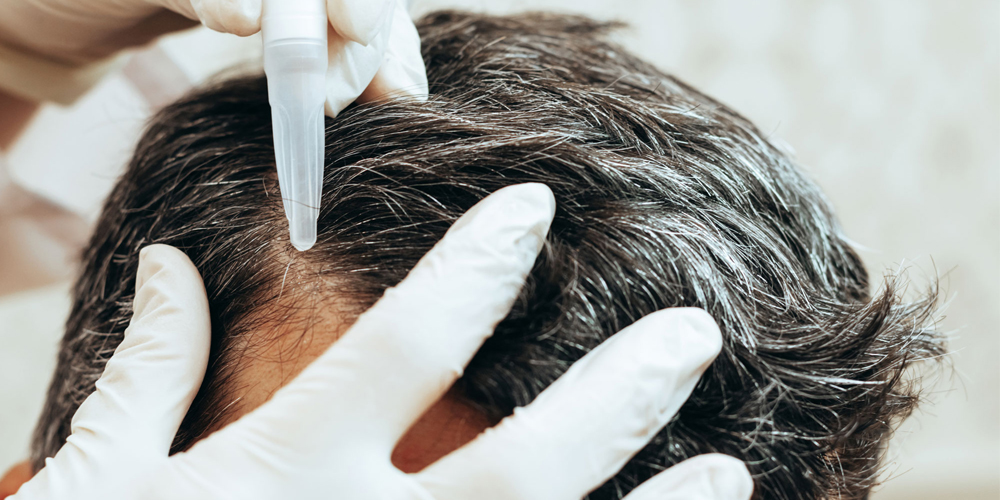
4. Saving on Hair Transplant Costs Without Compromising Quality
While the Hair Transplant Cost can be daunting, there are strategies individuals can employ to save money without sacrificing quality.
4.1. Seasonal Discounts and Offers
Many clinics run seasonal promotions or discounts to attract new clients. Keeping an eye out for these offers can lead to significant savings. Some facilities may even offer package deals that include post-operative care, enhancing the value of the investment.
Don’t hesitate to inquire about any ongoing promotions during your consultation. It’s a dynamic market, and you may find that negotiating or expressing interest in a specific service could lead to unadvertised discounts.
4.2. Payment Plans and Financing Options
If the idea of paying upfront feels overwhelming, many clinics now offer flexible financing options. These arrangements allow patients to spread payments over time, making it more manageable to cover the Hair Transplant Cost.
Additionally, some clinics partner with third-party financing companies to offer low-interest loan options. Always review the terms and conditions carefully to ensure there are no hidden fees or unfavorable repayment plans.
5. Frequently Asked Questions About Hair Transplant Cost
People often have numerous questions regarding the financial aspects of hair transplants. Addressing these inquiries can demystify the process and aid individuals in making educated decisions.
5.1. What Is the Average Cost of a Hair Transplant?
While it varies significantly by location and technique, the average cost of a hair transplant generally ranges from thousands to tens of thousands of dollars.
Researching local clinics and comparing prices can provide valuable insights into what constitutes an average rate in your area. Furthermore, asking for detailed breakdowns of what’s included in the quoted price can unveil discrepancies and ensure you're getting the best value.
5.2. Are Hair Transplants Covered by Insurance?
Most insurance plans do not cover hair transplants, as they are typically considered elective cosmetic procedures. However, there may be exceptions if the hair loss stems from medical conditions like alopecia or as a result of injury or burns.
Consulting with your insurance provider before proceeding can clarify coverage options and ensure you’re fully informed about potential costs.
5.3. How Long Does It Take to See Results After the Procedure?
The timeline for observing results post-procedure can vary, but many individuals begin to see noticeable growth within three to six months. Full results may take up to a year, depending on factors such as the individual’s healing process and hair growth cycles.
Being patient and managing expectations during this period is crucial for individuals undergoing hair transplants.
Conclusion
Understanding the Hair Transplant Cost is integral to navigating the complexities of hair restoration. As patients assess their options, recognizing the various factors influencing pricing empowers them to make informed decisions tailored to their unique situations. A successful hair transplant is not solely about the cost; it’s about finding the right solution that seamlessly fits both your aspirations and budget.
LATEST POSTS

